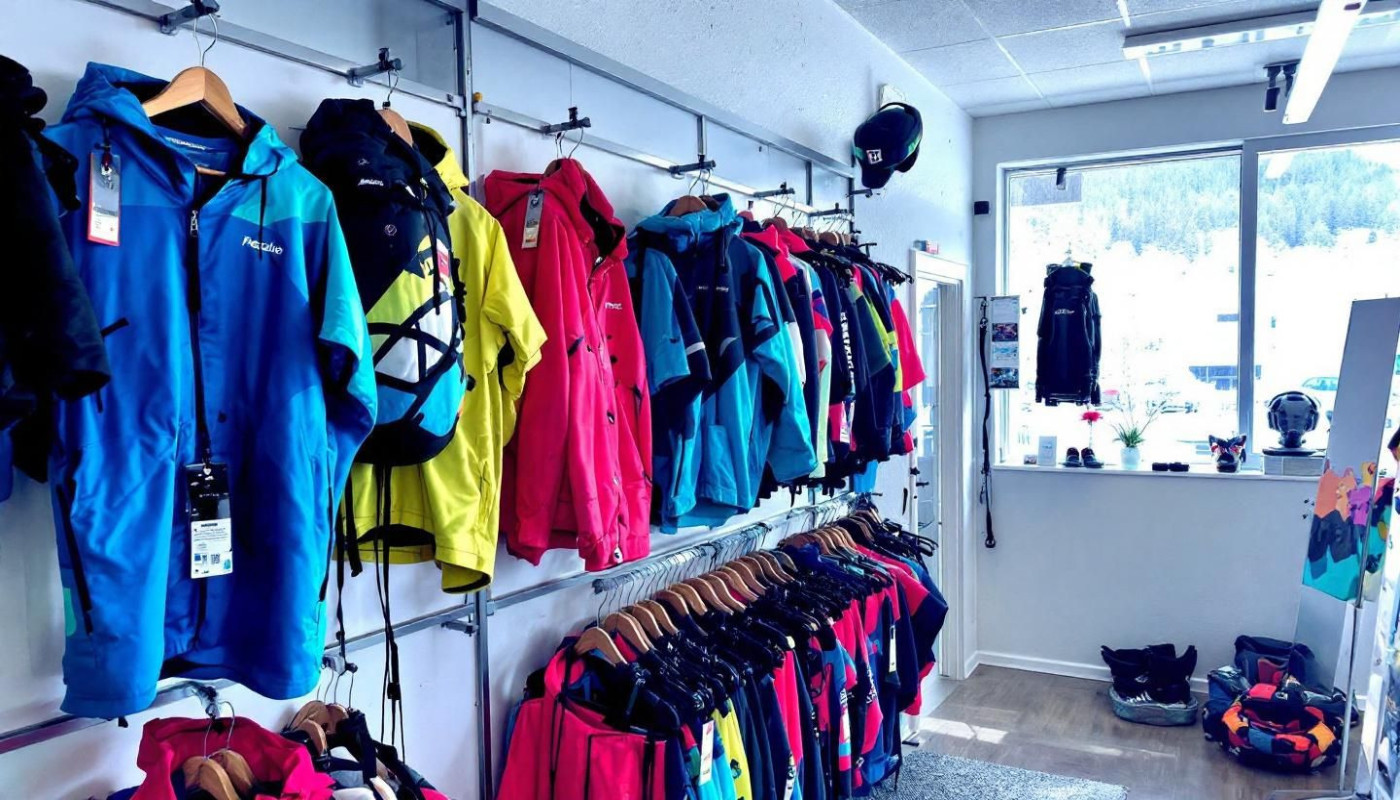Table of contents
Dive into the fascinating journey of how freeride sports equipment has changed over time. From primitive beginnings to advanced, high-performance gear, the transformation reflects both technological innovation and a passion for pushing boundaries. Discover the key milestones, materials, and concepts that have shaped the gear used by today's freeriders, inspiring you to explore the detailed developments in the paragraphs ahead.
Origins of freeride equipment
The early days of freeride sports equipment reveal a fascinating chapter in freeride history, where ambition and necessity spurred sports innovation beyond the boundaries of conventional gear. Pioneers in the field sought to move away from traditional skiing and snowboarding, experimenting with original designs that better suited off-piste exploration. Early equipment was often crafted from wood and basic composites, with shapes and materials dictated by the need for greater maneuverability and stability on unpredictable terrain. The first iterations of skis and boards incorporated a simple camber profile, a technical feature where the midsection arches up off the snow, optimizing control and responsiveness but requiring skillful handling. Protective gear was minimal, often adapted from existing alpine sports, reflecting a period when safety standards were still evolving alongside new athletic techniques.
As freeride gained popularity, the evolution of gear accelerated, driven by athletes who demanded improved functionality to navigate backcountry slopes and deep powder. Original designs began to include wider skis and snowboards with rockered tips, tailored specifically for variable snow conditions encountered outside groomed runs. The philosophy behind early equipment focused on freedom of movement and adaptability, setting the stage for a wave of technical advancements that would later define the sport. Historians point to this period as foundational, with incremental changes—such as enhanced binding systems and the use of lighter, stronger materials—paving the way for modern freeride gear that is now considered perfect for skiing in challenging mountain environments like those found at perfect for skiing.
Material innovations over time
The landscape of freeride sports equipment has been dramatically reshaped by advancements in material science, giving rise to gear that offers a distinct performance boost and improved safety. The journey began with traditional materials like wood and metals, which, while sturdy, imposed limitations on flexibility and weight. The introduction of advanced materials, particularly composite technology, has revolutionized manufacturing methods. Notably, the adoption of carbon fiber layup stands out as a transformative step, providing a harmonious blend of lightweight gear and remarkable strength. This innovation allows for precise control over equipment flexibility and equipment durability, ensuring that athletes experience enhanced maneuverability without compromising structural integrity. The shift to composites not only reduces fatigue for users but also delivers higher energy transfer and reliability in demanding freeride environments, marking a new era in sports equipment evolution led by expertise in materials engineering.
Design Shifts for Performance
The performance design of freeride sports equipment has undergone continuous transformation, driven by a blend of technological development and the valuable insights provided by athlete feedback. One of the most pronounced advancements lies in freeride shaping, particularly through the refinement of sidecut radius. By tailoring the sidecut radius, designers have been able to create gear that achieves a careful balance between stability at high speeds and agility on variable terrain. This shape optimization directly impacts how effectively equipment can adapt to demanding landscapes, ensuring precise control whether navigating powder fields or mixed-condition slopes.
Responsive equipment is engineered not only for durability but also for its dynamic response to rider input and terrain adaptation. Advances in materials and construction techniques, ranging from lightweight carbon fiber cores to multi-layer laminates, have resulted in gear that reacts instantaneously to subtle shifts in weight and direction. These innovations allow for seamless transitions from edge to edge, granting athletes the confidence to push boundaries and execute complex maneuvers even in unpredictable environments.
Athlete feedback remains a central component in the evolution of freeride shaping. Professional riders regularly collaborate with designers, testing prototypes in real-world conditions and providing detailed insights into handling, flex patterns, and ride feel. This collaborative cycle ensures that every new iteration of equipment closely matches the demands encountered in actual freeride settings, with rapid adjustments made to sidecut profiles, rocker lines, and camber distributions to maximize terrain adaptation.
In sum, the impact of these design shifts has elevated the entire freeride experience, enabling both seasoned athletes and recreational enthusiasts to enjoy greater safety and performance. By harnessing technical advancements and continuous input from those who push the limits, the industry ensures that the latest generation of equipment delivers responsive, terrain-adapted performance on every descent.
Safety Features and Technology
The development of freeride sports equipment has consistently emphasized safety equipment alongside performance, resulting in groundbreaking advances that have reshaped the landscape of freeride safety. Early iterations of protective gear focused on basic cushioning, but significant milestones emerged with the adoption of multi-density foam, dramatically increasing impact absorption and overall durability. This technical leap enables modern helmets and body armor to better dissipate force, reducing the risks associated with high-velocity impacts. Emergency tech has also become a defining feature, as integrated communication devices now allow quick distress signaling and GPS tracking, supporting faster rescues in remote terrains. The evolution of impact resistance in helmets, back protectors, and limb guards, assigned to leading safety technology specialists, reflects a deliberate focus on both rider confidence and accident prevention. These innovations not only enhance protective gear functionality but also help foster broader participation in freeride sports by addressing core safety concerns.
Sustainable Equipment Trends
Sustainable sports gear is rapidly reshaping the freeride landscape, driven by an increased awareness of environmental impact and a collective commitment to responsible freeriding. Manufacturers are now prioritizing eco-friendly materials such as recycled plastics, bamboo, and advanced biopolymer resin, which offer comparable performance to traditional composites while reducing reliance on fossil fuels. This biopolymer resin, derived from renewable sources, is a key innovation enabling both durability and reduced ecological footprint in equipment design. In addition, green manufacturing practices—like energy-efficient production lines and closed-loop water systems—are becoming standard as companies seek to minimize their carbon emissions and waste. The pursuit of environmental certifications, such as bluesign and FSC, further reflects the sector's dedication to transparency and continuous improvement. This transformation not only benefits the planet but also appeals to the growing demographic of athletes who demand high-performance gear aligned with ethical and environmental standards.
Similar articles

Effective Strategies For Engaging Influencers In Niche Markets

Photography Trails: Capturing the Aesthetics of Bhutan

Discover the Sleep Rituals in Different Cultures

Tracing the Origins of Sushi: An Epicurean Journey

